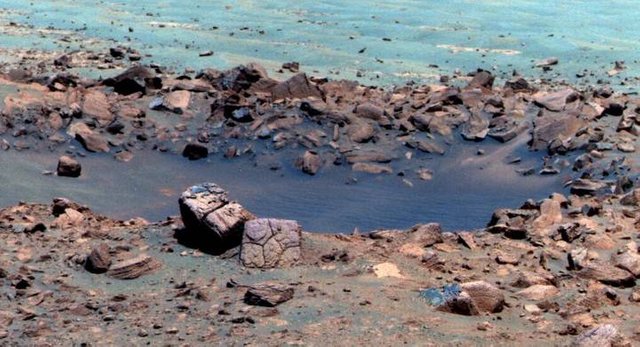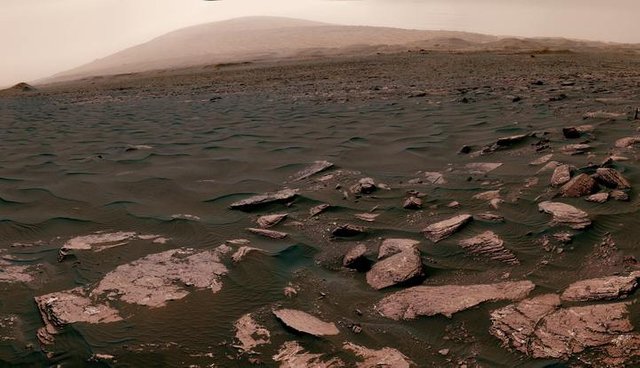Curiosity finds possible evidence of microbes on Mars
A study reveals that thanks to high concentrations of zinc and germanium - similar to those that appear together on Earth - the red planet could provide conditions for the existence of microbes.

New data collected on Mars by NASA, through the Curiosity rover, reinforces evidence about the possible existence of life on the red planet. In a study published in the Journal of Geographysical Research: Planets, researchers at the US aerospace agency refer to hydrothermal activity indicative of sedimentary rocks in a Martian crater, which broadens the range of habitability conditions.
According to the scientists, the concentrations of zinc and germanium found in the Gale crater are 10 to 100 times higher than those found in typical Martian crust. Both chemical elements often appear together on Earth, in hydrothermal reservoirs containing sulfur

Dunes in the Gale crater, Mars
Jeff Berger, a geologist at the University of Guelph (Ontario, Canada) and lead author of the new study, argues that the high concentrations of zinc and germanium in the Gale crater may be explained by hydrothermal activity in the area.
Thanks to a series of tests on the hydrothermal conditions once present in the vicinity of the Gale crater, the mission of the Curiosity will now focus on determining if there were favorable environmental conditions for the life of microbes on that planet. "It's hot and has chemicals ... and basically food for life," Berger said.
Extreme thermal environments are on Earth the habitat of a wide range of microbes adapted to these conditions. In addition, these organisms may have been some of the first to evolve on our planet.
Nice post
kindly Follow me
https://steemit.com/photography/@adyjee/berlin-capital-of-germany-some-unique-collection